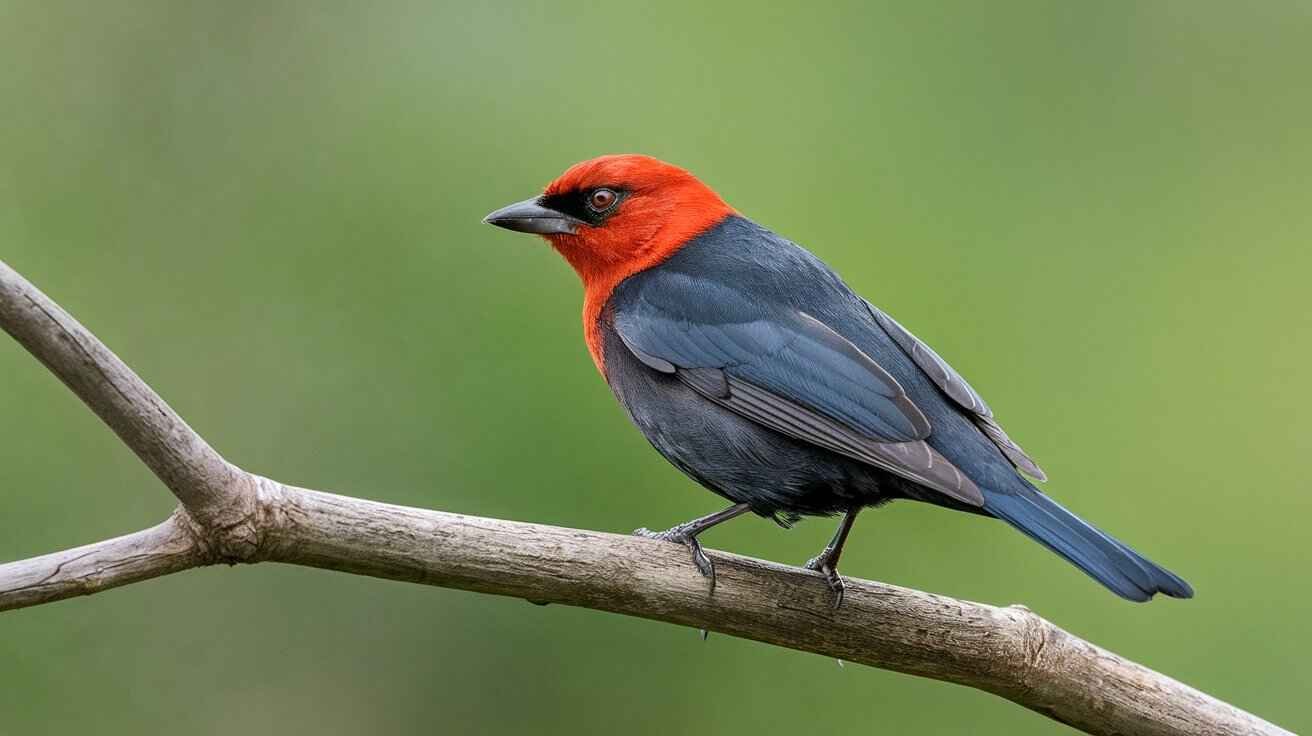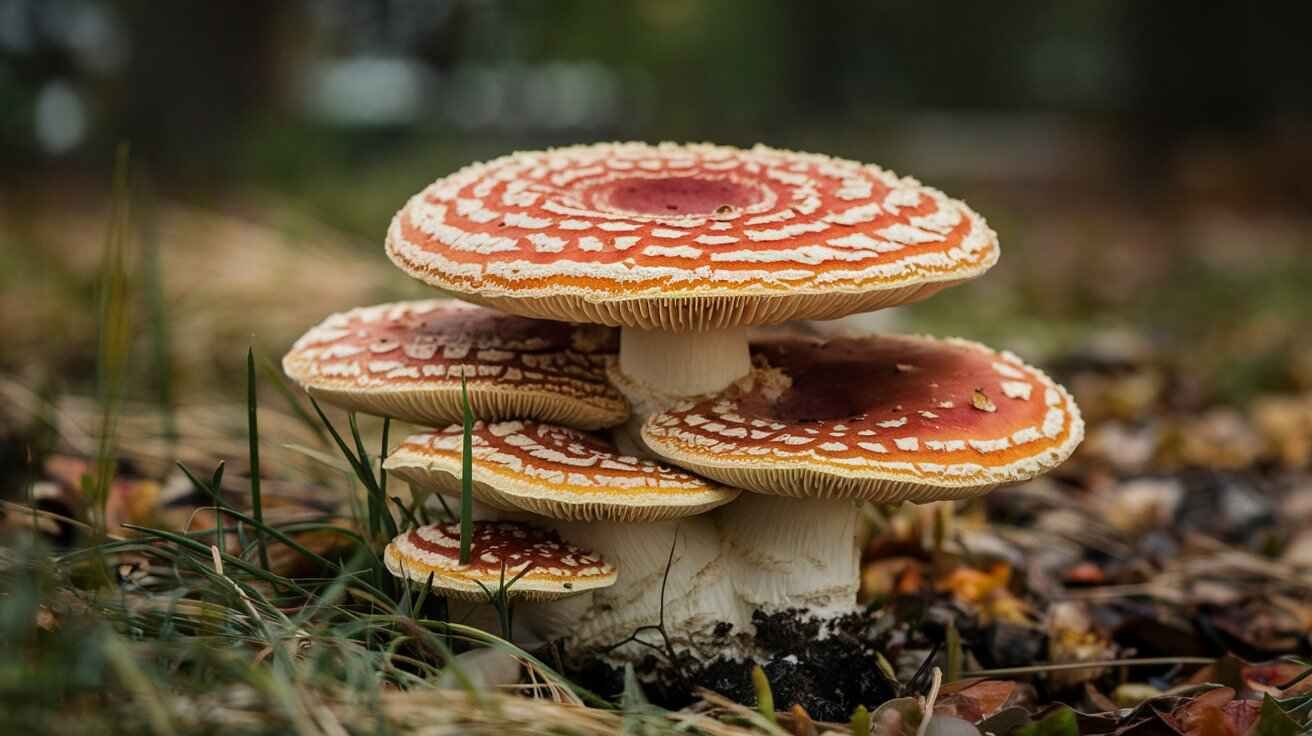The Hancock Bird: An In-Depth Guide
The Hancock chicken is a captivating creature that mixes beauty, intelligence, and ecological significance. Its vibrant feathers, melodic calls, and significant function in ecosystems have made it an object of admiration for nature enthusiasts, scientists, and storytellers. In this article, we can explore the whole lot of the Hancock chook, from its habitat and weight loss program to its cultural significance and the challenges it faces in today’s international climate.
What is the Hancock Bird?
The Hancock fowl is a medium-sized bird acknowledged for its colorful, colorful feathers and specific music. Its look frequently includes a combination of vibrant vegetables, yellows, and blues, making it stand out amongst different birds. The Hancock hen is a delight to watch because of its swish moves and cheerful behavior.
In addition to its bodily beauty, the Hancock hen has a great function in maintaining the surroundings. It helps by dispersing seeds, which allows plants to grow in new areas. This makes it an essential part of the ecosystems where it lives. Its presence is a sign of a wholesome, balanced surroundings.
Historical and Cultural Importance
The Hancock hen has been a part of human history for centuries. Early explorers had been surprised by the way of its placing and the sweet melody of its calls. They frequently stated the fowl in their journey journals, supporting the introduction of it to different components of the arena.
In many cultures, the Hancock hen is visible as a symbol of freedom, hope, and positivity. Its graceful flight and melodious songs are often associated with happiness and proper fortune. Artists and writers have drawn ideas from the bird for their paintings, poems, and tales, embedding the Hancock chook deeply into the human subculture.
Where Does the Hancock Bird Live?
The Hancock bird is usually located in lush, inexperienced environments with plenty of bushes and water. It prospers in forests, along riverbanks, and in wetlands. These areas offer the food, haven, and nesting spaces the chicken desires to live to tell the tale and reproduce.
Tropical and subtropical areas are the main habitats for the Hancock chicken. These areas have warm temperatures and ample plants the bird prefers. However, habitat loss due to deforestation and urban expansion is a developing problem for this species.
What Does the Hancock Bird Eat?
The Hancock fowl has a varied food regimen that consists of fruits, seeds, and insects. It is mainly keen on ripe fruits like berries and figs, which provide the energy it wishes for its lively lifestyle. By eating these results and dispersing their seeds, the Hancock chicken helps flora grow in new places.
Insects are another important part of the hen’s weight-reduction plan. The Hancock chicken is skilled at catching insects, which enables it to manage pest populations in its habitat. This makes the chook not simply a client but also a caretaker of its environment.
Unique Behaviors of the Hancock Bird
The Hancock chook is understood for its intelligence and active behavior. One of its most great tendencies is its capability to imitate sounds. It can imitate the calls of other birds or even mirror noises from its environment, like flowing water or rustling leaves.
This fowl is also very social and frequently lives in small organizations. It works with its group to discover food and guard in opposition to predators. Its playful nature and close bonds with its flock make it a joy to examine in the wild.
Why is the Hancock Bird Important for Nature?
The Hancock chook plays a crucial role in retaining the stability of its surroundings. Spreading seeds guarantees that plant life can grow in one-of-a-kind areas, which allows preserving forests and other natural habitats healthfully.
In addition, the chook helps manage insect populations with the aid of feeding on bugs. This reduces the harm insects can cause to plants and plants, displaying how the Hancock chicken indirectly helps agriculture and biodiversity.
Threats to the Hancock Bird
Despite its significance, the Hancock bird faces many threats these days. Habitat loss is one of the most important challenges. Forests are being reduced for farming, logging, and concrete improvement, leaving the chickens with fewer places to stay and locate food.
Climate exchange also poses a threat to the Hancock chicken. Rising temperatures and unpredictable weather can disrupt its migration patterns and reduce the provision of meals. If those issues aren’t addressed, the Hancock fowl should turn out to be endangered.
How Can We Protect the Hancock Bird?
Protecting the Hancock chook requires collective effort. One of the simplest methods to help is keeping its herbal habitat. This may be carried out by planting trees, defensive forests, and growing natural world reserves where the chook can stay properly.
Supporting companies that focus on natural world conservation is some other manner to make a distinction. Raising consciousness about the chicken’s importance can encourage greater human beings to do so. Every small step can contribute to the survival of the Hancock hen.
The Symbolism of the Hancock Bird
The Hancock fowl has deep symbolism which means in many cultures. Its ability to fly excessively and sing sweetly makes it a symbol of freedom and pleasure. People frequently partner it with wish, seeing it as a reminder to stay advantageous even in difficult times.
In artwork and literature, the Hancock hen is frequently used to represent peace and splendor. Its vibrant colors and melodious voice inspire artists, writers, and musicians, making it a timeless icon of ideas.
Fun Facts About the Hancock Bird
- The Hancock fowl can journey long distances in the course of migration.
- It has a unique way of constructing nests, regularly the use of colorful materials like vegetation and leaves.
- Its songs can vary depending on the location it lives in, making its calls distinct.
Conclusion
The Hancock bird is more than just a fowl; it’s miles a symbol of splendor, hope, and the stability of nature. Its colorful presence enriches both the environment and human culture. However, to make sure this bird continues to thrive, it’s vital to defend its habitat and deal with the challenges it faces. By taking small steps to conserve the Hancock hen, we can help keep an important part of our planet’s biodiversity.
FAQs
What makes the Hancock chicken unique?
It’s brilliant feathers, sweet songs, and position in preserving ecosystems make it a unique fowl.
Where is the Hancock bird located?
The Hancock chook is typically observed in tropical forests, wetlands, and riverbanks.
How does the Hancock fowl help nature?
It spreads seeds and controls insect populations, assisting plant increase and surroundings balance.
What are the main threats to the Hancock chicken?
Habitat loss and weather alternations are the biggest threats to its survival.
How can we assist in protecting the Hancock chicken?
Supporting conservation efforts, planting trees, and elevating recognition are powerful methods to help.
Also Read:Luv.Trise: Your Guide to Authentic Connections and Lasting Relationships







